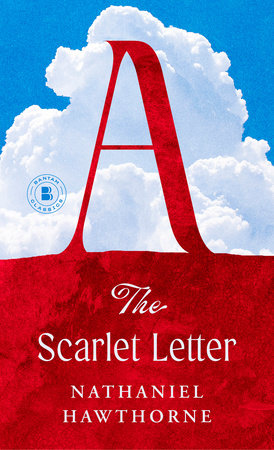The Scarlet Letter Reader’s Guide
By Nathaniel Hawthorne


1. Hawthorne came from a long line of Puritans (one of his forefathers was a judge during the Salem witch trials), and Puritan beliefs about subjects like guilt, repression, original sin, and discipline inform the book on every level. What is your impression of how the Puritan worldview is taken up and treated by Hawthorne in The Scarlet Letter?"
2. Kathryn Harrison, in her Introduction to this volume, asserts that Hester Prynne can be seen in many ways as the first great modern heroine in American literature. Do you agree?
3. Dimmesdale is in many ways as central a character as Hester in the novel; for you as a reader, is he equally important to the story?
4. The highly charged symbolism of The Scarlet Letter is one of its most distinctive features. Discuss the central symbol of the story – the scarlet letter itself. What does it signify? How does it function in the novel? How does its meaning change over time?
5. Critics have sometimes disagreed about whether Hawthorne condones or condemns the adultery of Hester and Dimmesdale in the novel. Can either view be supported? Which do you feel is the case?
6. Describe and discuss the character of Roger Chillingworth in the novel. What does he represent in terms of the larger themes explored by the book?
7. How does Hester change over time in the novel-and how does she change in the eyes of the society around her?
8. The final scaffold scene brings the various themes, characters, and plotlines woven throughout the novel to a powerful conclusion. Describe your response to this scene, and to the disputed event that occurs near its end.
Just for joining you’ll get personalized recommendations on your dashboard daily and features only for members.
Find Out More Join Now Sign In